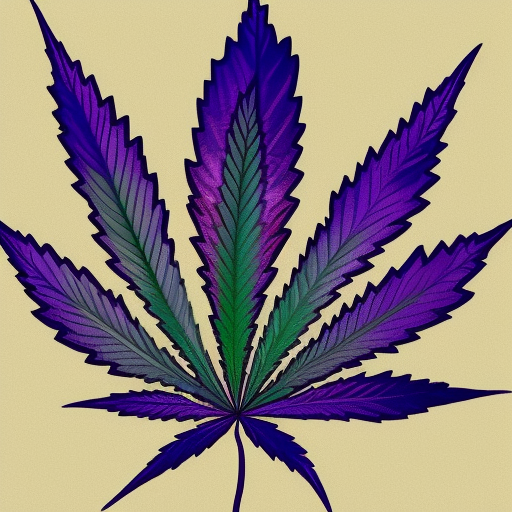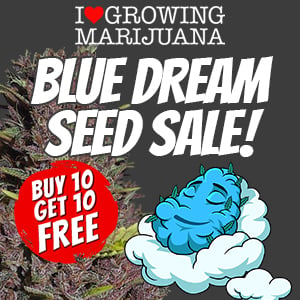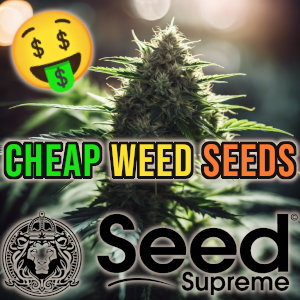
Yo, what’s good? It’s ya boy, Dan, and today we’re talking about that dank purple herb. You know what I’m talking about – that purple weed that’s got everyone talking. It’s not just ’cause it looks pretty, it’s ’cause it hits hard.
The smoke from top purple strains is some of the strongest and highest quality out there, thanks to the high levels of THC. And let’s not forget about how it looks – them purple buds are sparkly and exotic. It’s no wonder purple cannabis has become a favorite among smokers in no time.
But what makes them buds so purple, anyways? It used to be that they would turn purple naturally when grown outside in cold temperatures. But now, thanks to research and selective breeding programs, we can grow strains that turn purple even in normal conditions.
So, what’s the science behind it all? The green color in plants comes from chlorophyll, but that tends to break down in cold conditions. Another pigment called anthocyanin affects the colors in a plant and is what turns cannabis strains purple. During the flowering period, anthocyanin takes over as chlorophyll dies off. What color the plant turns depends on the pH levels of anthocyanin in the seed – acidic pH turns it red, neutral pH leaves a purple hue, and alkaline pH makes it blue.
When days get shorter during winter, plants slow down their photosynthesis process and stop producing chlorophyll. If timed right, this coincides with the dissipation of chlorophyll during flowering and allows anthocyanins to take over and turn the plant purple.
Now, if you want to grow some purple herb yourself, listen up. You don’t want to deprive your plant of oxygen or food coloring to try and get that purple color – that rarely works and could ruin your crop. The right way to do it requires extra effort and care from you as the grower.
First things first – choose the right seeds. You need ones that have the genetic ability to produce anthocyanin for that purple hue. Some plants naturally reduce chlorophyll production towards the end of their growth cycle, while others can have this achieved through exposure to cold temperatures.
Next up is temperature. You need just the right temperature for anthocyanin to take effect and overcome chlorophyll. During fall months when green pigments tend to break down is when anthocyanin takes over – this is when getting the right DIF (Differential temperature) enables the plant to turn purple. The ideal night cycle temperature during flowering is believed to be below 10 degrees Celsius or 50 degrees Fahrenheit.
And boom! You’ve got yourself some dank purple herb ready for you to enjoy. Not only does it look pretty, but it also packs some health benefits like powerful antioxidant properties, pain relief properties, neuroprotective properties, anti-inflammatory properties, and potential reduction of chronic diseases and improved cardiovascular health.
So go ahead and impress your friends or serve your customers with some top-quality purple herb. It might take some extra effort, but it’s well worth it for that sweet taste and unique color.


